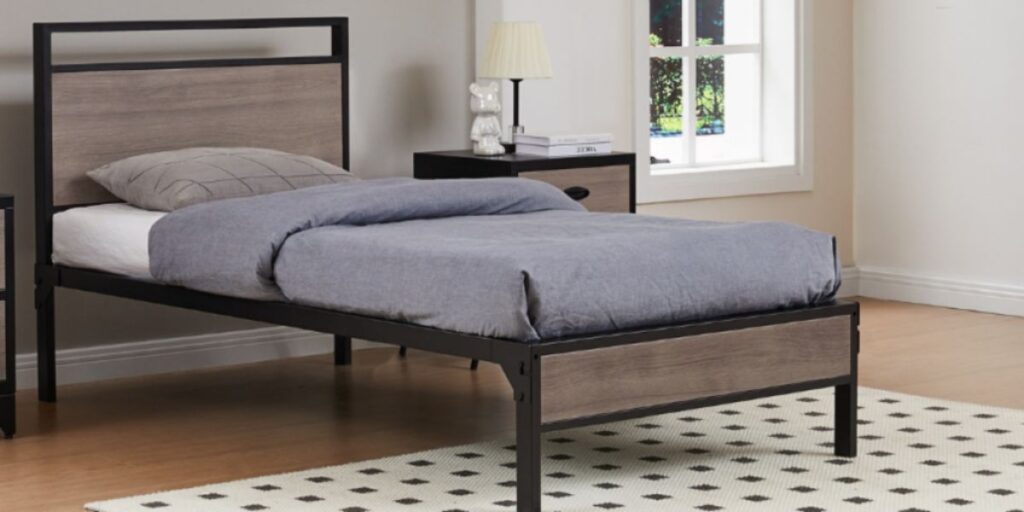All Categories
Featured

When designing a home, the design of furnishings you pick plays a substantial duty in establishing the general tone and ambience of an area. 2 noticeable designs that homeowners often discuss between are conventional and contemporary.
- Style and Framework. Contemporary Furnishings: Contemporary furniture is defined by smooth, minimalist layouts that highlight simpleness and tidy lines. Contemporary furnishings has a tendency to be light and ventilated, preferring open areas, and often prevents excessive decor.
Traditional Furniture: Conventional furniture, by comparison, attracts ideas from historical designs such as Colonial, Victorian, or French Provincial. The styles are frequently a lot more intricate, with curved lines, luxuriant carvings, and attractive describing. Typical furniture pieces tend to have an extra formal or stately appearance, with sophisticated curves and larger construction. Unlike the sleekness of contemporary pieces, traditional furnishings celebrates craftsmanship, frequently showcasing perfectly detailed woodwork and lavish upholstery. The visual is rooted in a feeling of eternity and improvement.
- Materials and Finishes. Contemporary Furnishings: Contemporary furnishings is made using a variety of products, including metals, glass, acrylic, and timber. The materials utilized are commonly lighter and less fancy than those located in traditional furniture, but they are developed to highlight open spaces and clean lines.
Typical Furnishings: Traditional furniture is understood for its usage of high-grade, strong products, particularly woods like oak, mahogany, walnut, and cherry. The building of conventional furniture pieces is typically a lot more robust and heavy, constructed to last for generations. Coatings have a tendency to be brightened, with rich, dark tones that emphasize the all-natural elegance of the timber. Natural leather and luxurious materials, like velour or silk, are frequently utilized for upholstery, adding a feeling of luxury and comfort to traditional designs.
- Shade Combination. Contemporary Furniture: The shade combination in contemporary furniture is normally much more subdued and neutral. Tones of black, white, grey, and off-white control, supplying a calm and tidy atmosphere. While these neutral tones are the main structure, modern furnishings usually incorporates vibrant accent colors to generate personality and vibrancy. These pops of color can come through in toss cushions, art work, or rugs, creating a vibrant comparison within the room. Generally, the shade system tends to be well-balanced and unified, improving the modern and minimalist visual.
Conventional Furnishings: Typical furnishings, on the various other hand, includes richer, deeper shades. Conventional furnishings also tends to include extra intricate patterns and structures, such as floral motifs, damask, and stripes.
- Convenience and Practicality. Contemporary Furnishings: Comfort and capability are key components of modern furniture. Pieces are commonly made with ergonomic concepts in mind, ensuring convenience while keeping a tidy, contemporary appearance. Numerous contemporary furniture designs are modular, allowing for adaptability and adaptability in different area sizes and formats. The focus gets on functionality, with several contemporary pieces incorporating built-in storage or multi-functional attributes. This makes contemporary furnishings perfect for modern home that need both style and energy.
Conventional Furnishings: While comfort is absolutely a consideration in typical furniture, it takes a backseat to the style and beauty of the layout. Typical furniture is frequently a lot more significant and may appear much heavier, with deep pillows and plush furniture. The emphasis in standard designs gets on supplying a comfy, relaxing ambience, however performance is usually not as focused on as in contemporary styles. Traditional furnishings might likewise feature intricate details such as tufted furniture, scrollwork, and hand-carved legs, which enhance the aesthetic appeal however may not always use the same level of practicality as contemporary designs.

- Assimilation with Other Designs. Contemporary Furniture: One of the benefits of contemporary furnishings is its adaptability. Because contemporary style focuses on clean lines and simple shapes, it can easily blend with other styles, consisting of industrial, Scandinavian, and even some standard components. Contemporary furniture works well in open-plan spaces, urban apartments, and homes with minimalist décor. Its simple forms and neutral colors permit it to integrate smoothly with a selection of various other design elements, making it a versatile option for those looking to blend and match styles.
Standard Furniture: Conventional furniture is much more matched to homes that accept a traditional, timeless layout. It thrives in formal setups and is finest suited for areas that have a much more well established, traditional feel. While it can be matched with contemporary or modern items to create a diverse visual, typical furniture often sticks out on its very own. The abundant information and luxurious materials made use of in typical furniture need attention, and it's ideal incorporated right into spaces that allow it to shine. Typical furnishings is perfect for developing a feeling of background and splendour in a space.
- Longevity and Eternity. Contemporary Furniture: Contemporary furniture tends to develop with the moments, reflecting current style patterns and tastes. While the modern-day charm of these items can last for numerous years, they might not have the same enduring power as traditional furnishings. As patterns alter, modern furnishings may become outdated, but this can additionally be an advantage for those that take pleasure in upgrading their home often to stay up to date with design shifts.
Conventional Furnishings: Conventional furnishings, nonetheless, has a classic quality that allows it to keep its appeal for generations. Because of its classic layout and top quality materials, typical furnishings usually becomes a long-term investment. It can sustain for years, also centuries, without shedding its value or appeal. This makes traditional furnishings an excellent choice for homeowners trying to find pieces that can stand the test of time and be given via the family members.
Conclusion. Eventually, the decision in between contemporary and conventional furnishings designs depends on your individual choices and the environment you wish to produce in your home. In contrast, traditional furniture gives timeless style and elaborate craftsmanship, excellent for creating a glamorous, traditional ambiance.
Latest Posts
Explore Limited-Time Auto Repair Deals in Chicago at Montclare Auto Repair
Published May 24, 25
1 min read
Recognizing When Your Car Needs Expert Auto Repair at Montclare Auto Repair
Published May 24, 25
1 min read
Specialist Industrial Roofing Solutions in North Platte, Nebraska
Published May 23, 25
2 min read
More
Latest Posts
Explore Limited-Time Auto Repair Deals in Chicago at Montclare Auto Repair
Published May 24, 25
1 min read
Recognizing When Your Car Needs Expert Auto Repair at Montclare Auto Repair
Published May 24, 25
1 min read
Specialist Industrial Roofing Solutions in North Platte, Nebraska
Published May 23, 25
2 min read